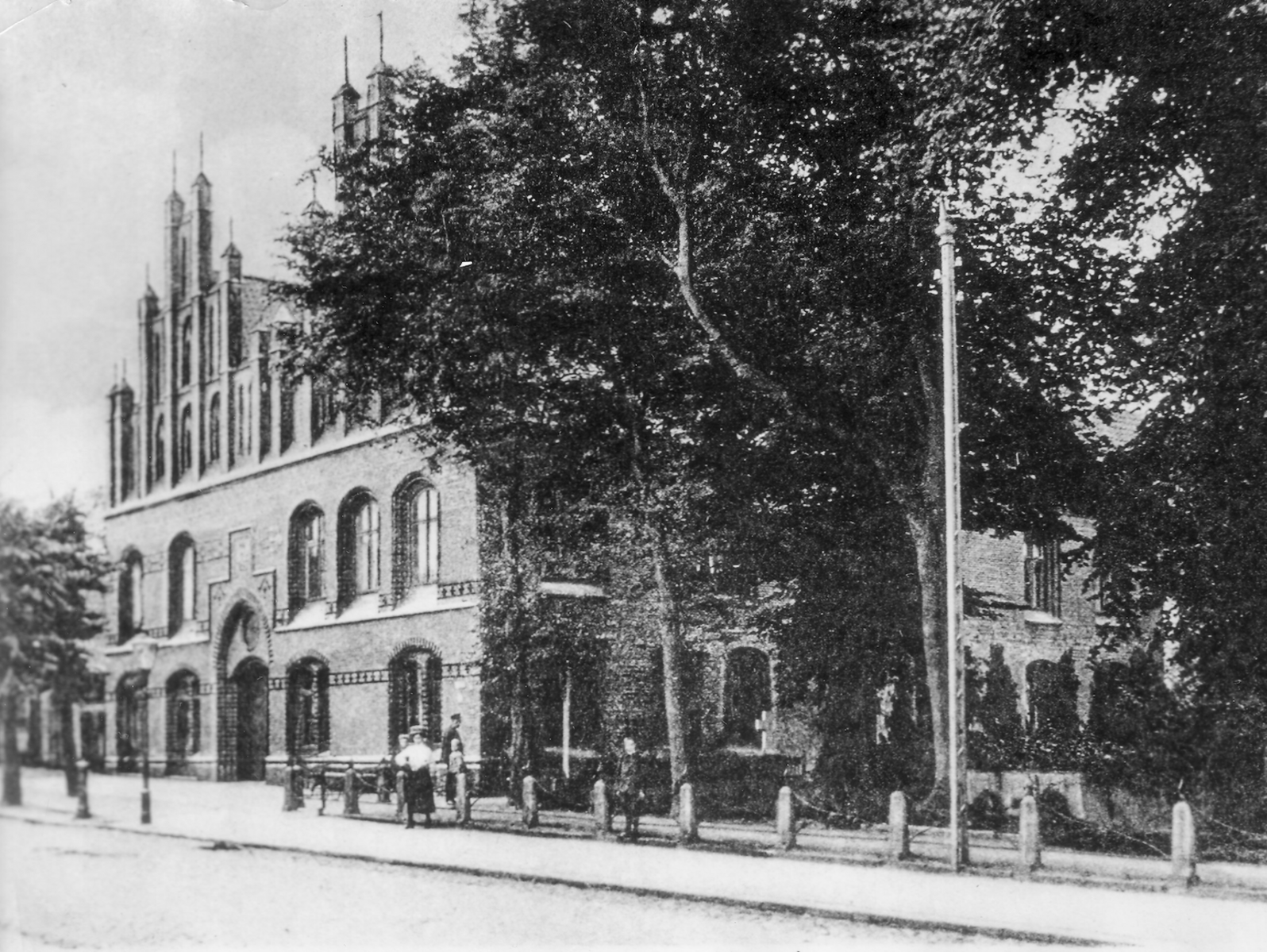St. Jürgen
The “Gasthaus zum Ritter St. Jürgen” in Husum (in the Osterende street) has retained much of the atmosphere that Theodor Storm described in his novella In St. Jürgen (1868), despite structural changes.
The “inn” was probably founded as a house for the poor and the sick in the 15th century (first documentary evidence in 1465). Originally an institution of the church dedicated to St. George – low German: Jürgen – it was initially outside (to the east) of Husum. After the Reformation, inmates were temporarily housed in an abandoned Franciscan monastery until they could move into the new building probabely erected in the same place, in 1563–1571. The name “monastery” was nevertheless handed down and is still used synonymously next to “inn”.
Since the Reformation, the “inn” has functioned as a center for the care of the poor and elderly, in accordance with the “inn rules” confirmed by the royal sovereign Frederick I of Denmark in 1528, and also as the center for the provision of poor people in Husum. Today it is a retirement home. It makes significant income from land leases. The “inn” is managed by four volunteer “monastery heads”, each with an eight-year term. For two years each – in the third and fourth year of the term of office – each head of the monastery heads the board as “food master”, supported by his wife.
The section of the “inn” located directly at the Osterende was rebuilt in 1878. It was given a facade in the style of Brandenburg Gothic. To the rear there is a wing built from 1563 onwards with a chapel as well as extensions from the 1950s and 1970s.
The St. Jürgen cemetery to the west of the “inn” has been owned by the city of Husum since 1965 (last burial in 1954). The Woldsen Storm burial site is located there.
Text by Holger Borzikowsky (1947–2015)
Translation by Bjarne Albertsen



